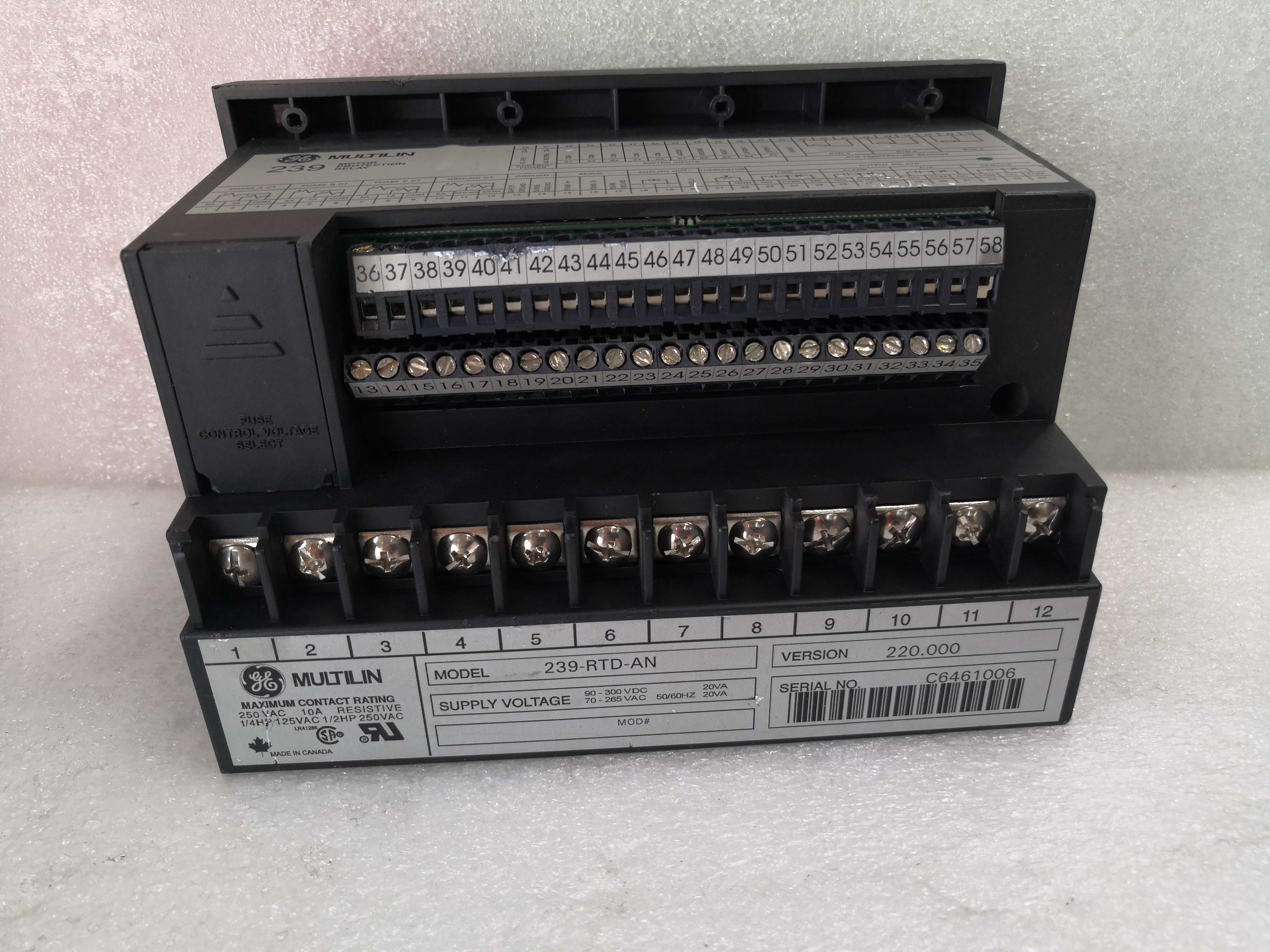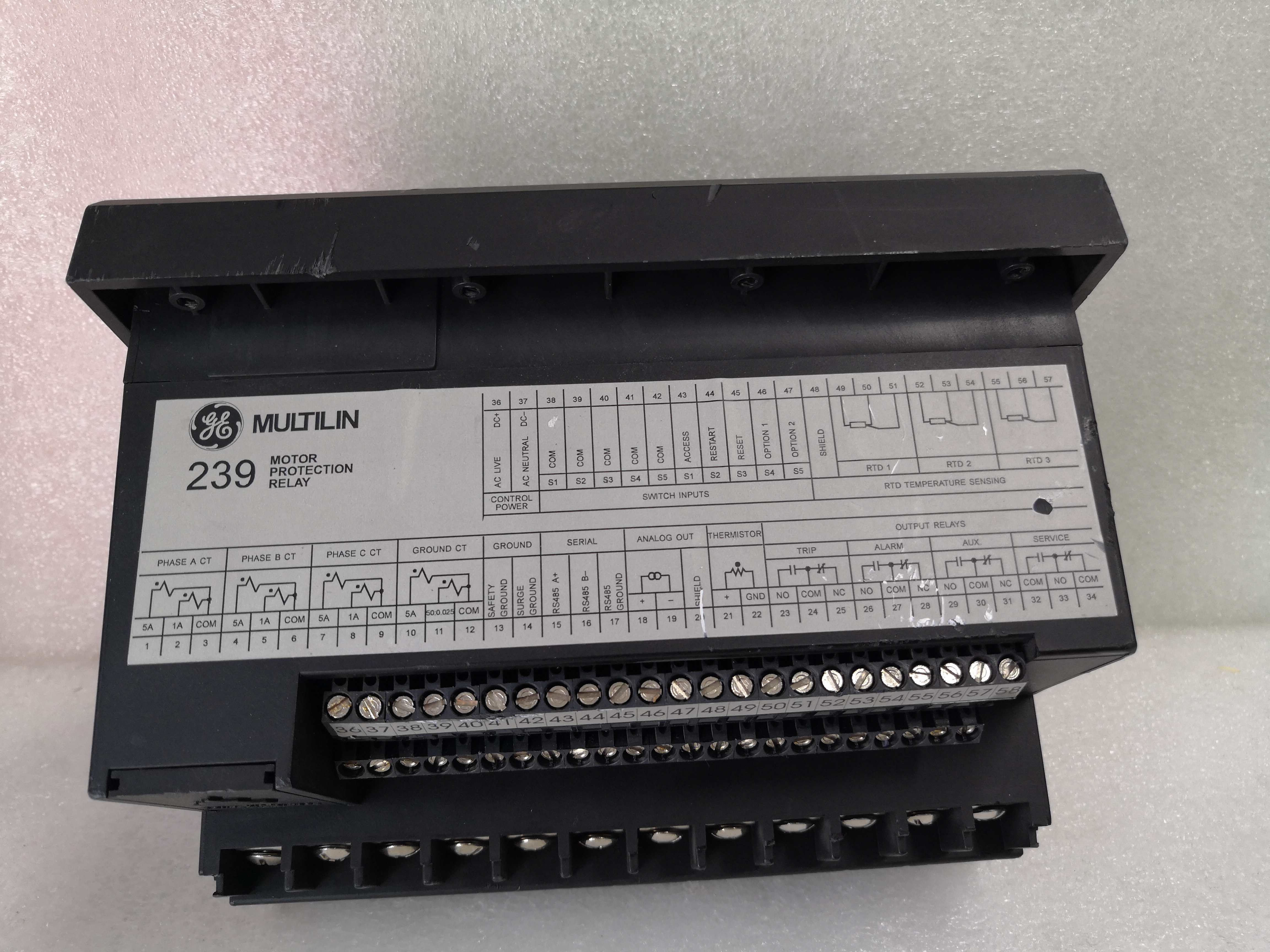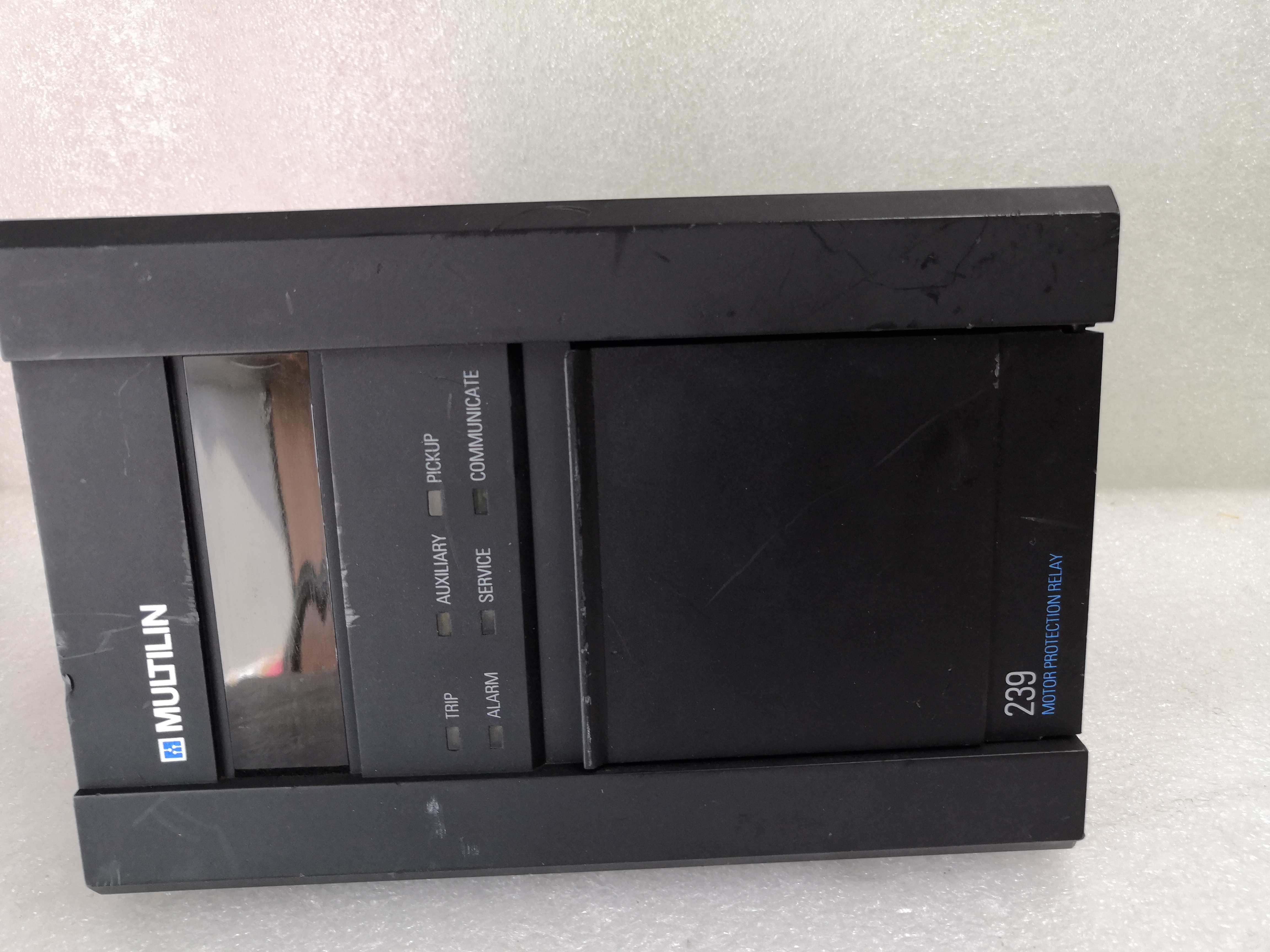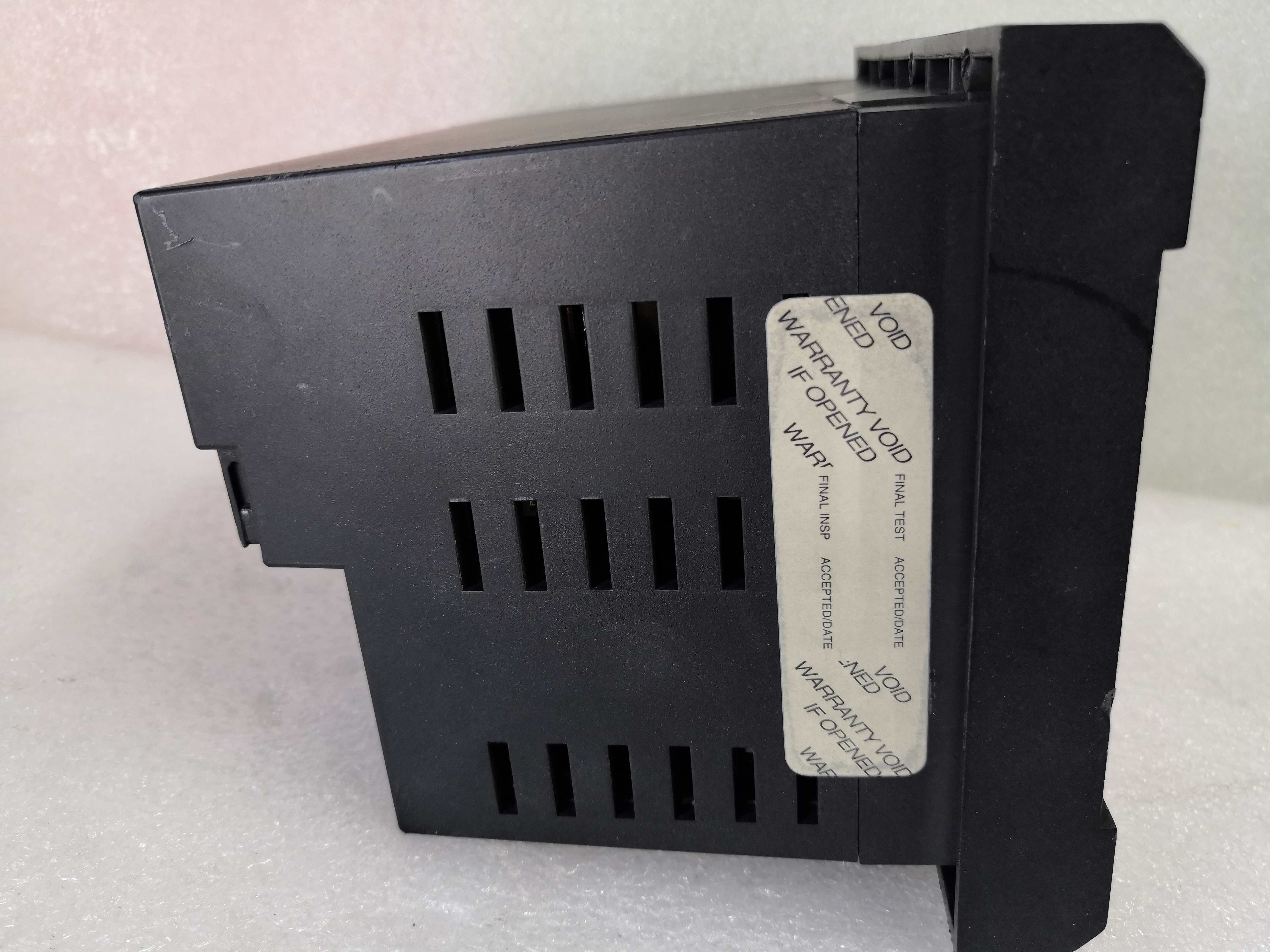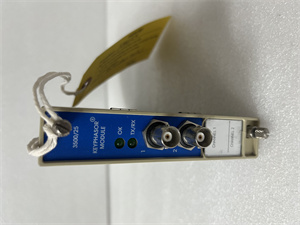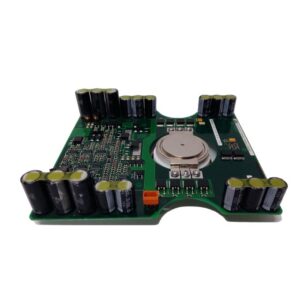Description
1. Product Description
The GE 239-RTD-AN is a compact, modular RTD input module designed to interface with various RTD sensors (e.g., Pt100, Pt500, Ni100) for industrial temperature measurement. It supports 8-channel inputs with galvanic isolation, ensuring immunity to electrical noise and voltage spikes. The module features high accuracy (±0.1% of reading + 0.1°C), wide temperature range (-200°C to +850°C), and configurable alarm thresholds. Its DIN-rail mount design and plug-and-play connectivity simplify installation and maintenance. The 239-RTD-AN is widely used in manufacturing, energy, and process industries, delivering stable performance in critical systems such as HVAC, chemical reactors, and industrial furnaces.
2. Product Parameters
| Parameter | Specification |
|---|---|
| Input Type | RTD (Pt100, Pt500, Ni100, Cu50, custom) |
| Channels | 8 isolated channels |
| Voltage | 24V DC (±10%) |
| Accuracy | ±0.1% of reading + 0.1°C |
| Temperature Range | -200°C to +850°C (depending on RTD type) |
| Interface | Modular connectivity (GE PLC 背板接口) |
| Isolation | 500V DC (channel-to-channel/channel-to-ground) |
| Dimensions | 100 mm (W) × 125 mm (H) × 60 mm (D) |
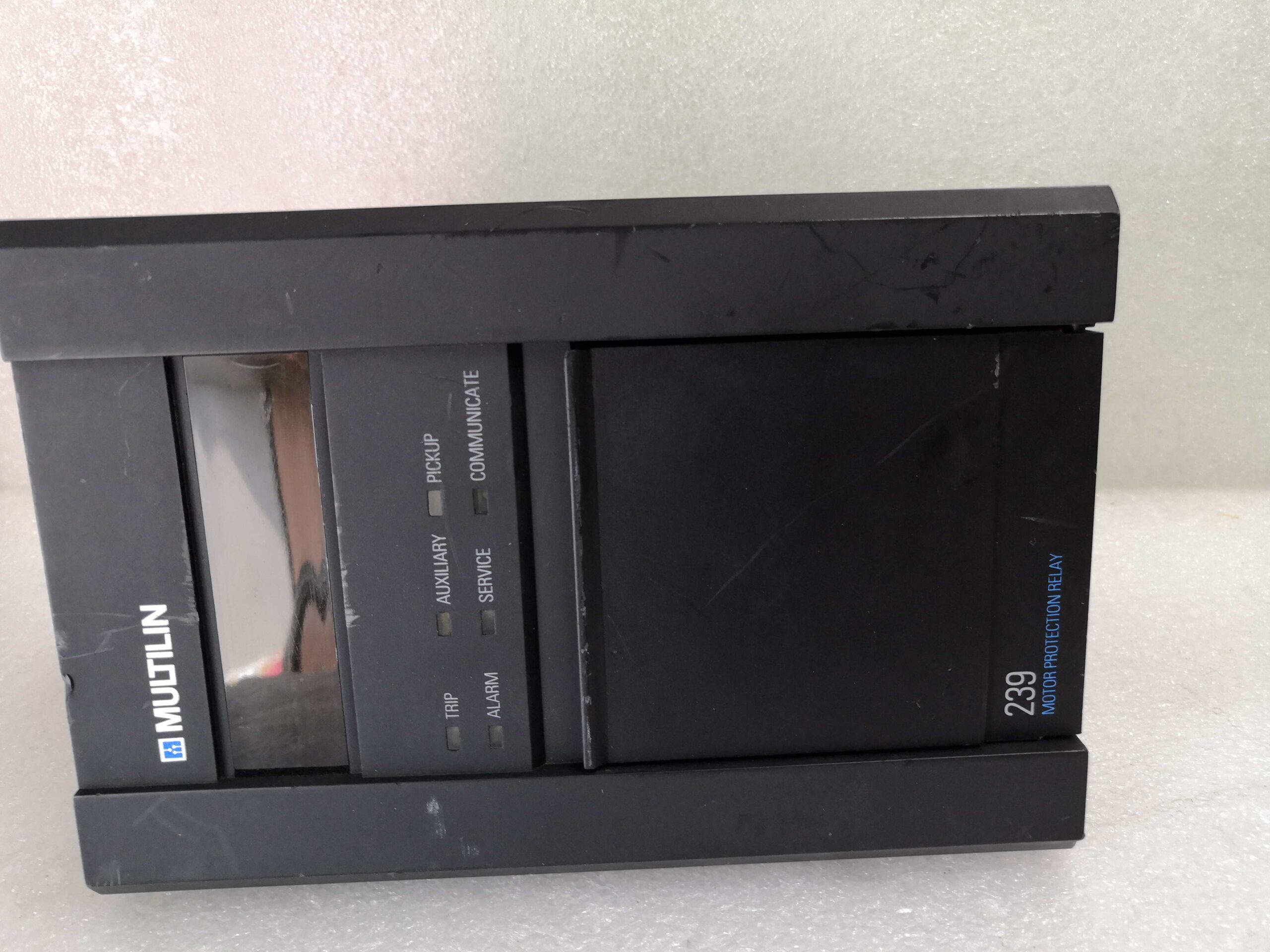
239-RTD-AN
3. Advantages and Features
- High Precision: Achieves ±0.1°C accuracy, ensuring reliable temperature control in sensitive processes.
- Wide Compatibility: Supports multiple RTD types and custom configurations for versatile applications.
- Robust Design: Galvanic isolation and EMI/RFI protection enable operation in high-noise environments.
- Diagnostic Capabilities: Real-time error detection (open circuit, short circuit, sensor failure) for proactive maintenance.
- Energy Efficiency: Low power consumption (<2W) reduces operational costs.
- Case Study: In a chemical plant, the 239-RTD-AN improved reactor temperature control accuracy by 30%, minimizing product waste and optimizing energy usage.
4. Application Areas and Cases
- Industries: Manufacturing, energy, oil & gas, chemical processing, HVAC.
- Scenarios: Temperature monitoring in reactors, boilers, ovens, and refrigeration systems.
- Application Case: A food processing plant integrated the 239-RTD-AN into its pasteurization line, achieving ±0.5°C stability across 50 sensors, ensuring compliance with safety standards and reducing downtime.
5. Competitive Comparison
Compared to similar RTD modules, the GE 239-RTD-AN offers superior noise immunity (500V DC isolation vs. industry standard 250V DC) and faster response times (100ms update rate). Its modular design allows for easy expansion (up to 32 channels per PLC rack), outperforming fixed-channel alternatives.
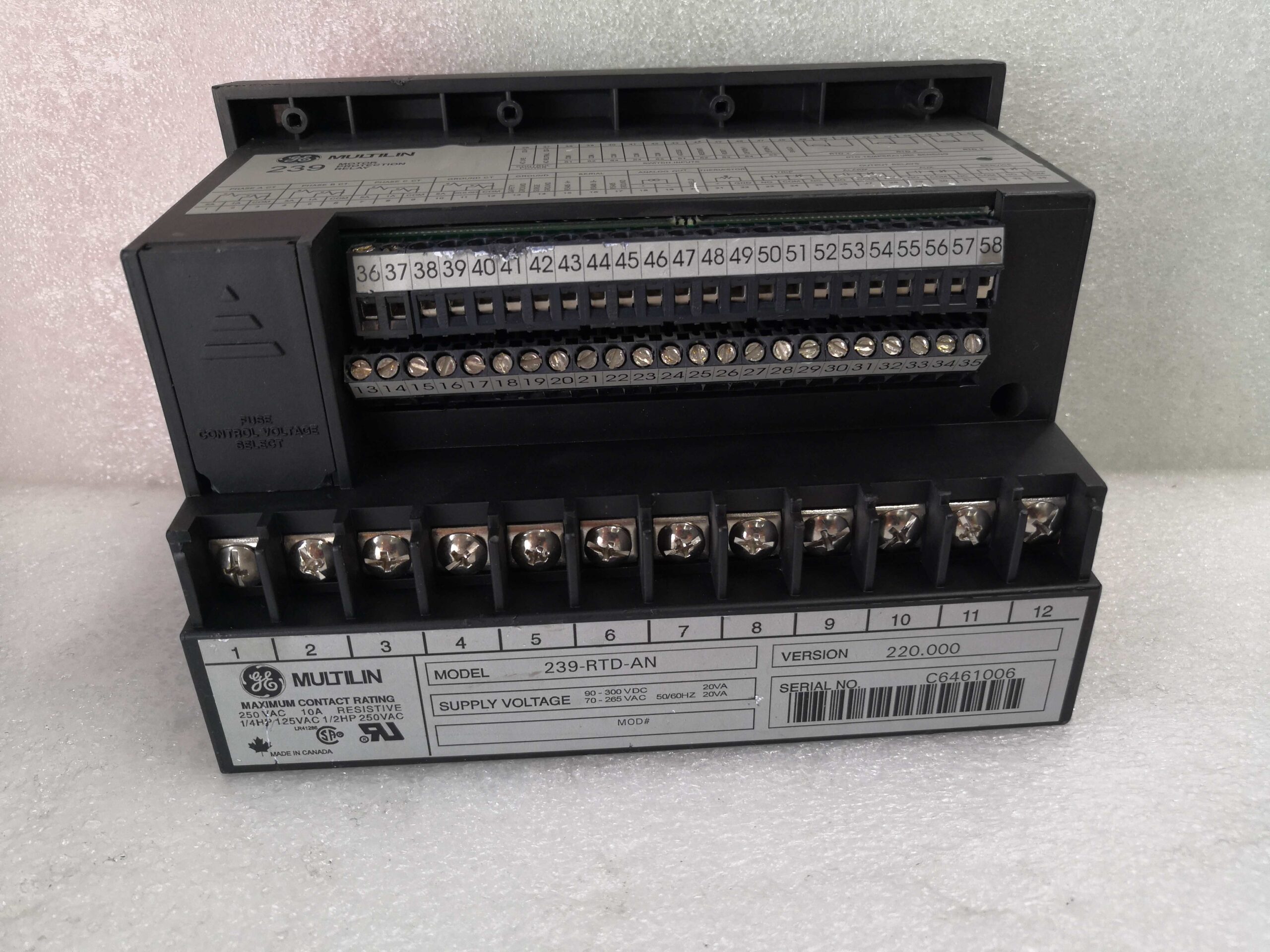
239-RTD-AN
6. Selection Recommendations
- Compatibility: Ensure compatibility with your GE PLC system (e.g., Series 90-30/70).
- Environment: Rated for -40°C to +70°C ambient temperature; suitable for harsh industrial settings.
- Channels: Choose 8-channel configuration for cost-effective small-scale projects; scale with additional modules for larger systems.
- Budget: Balances performance and cost, offering a 20% lower total cost of ownership over premium alternatives due to reduced maintenance.
7. Precautions
- Installation: Follow DIN-rail mounting guidelines; ensure proper grounding to prevent noise interference.
- Sensor Wiring: Use shielded cables (24AWG or thicker) for long-distance installations (>50m).
- Calibration: Factory-calibrated; periodic re-calibration (every 2 years) recommended for critical applications.
- Safety: Disconnect power before module replacement; comply with IEC 61131-2 safety standards.

